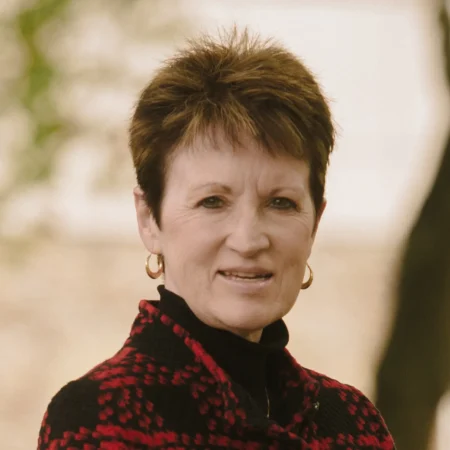A couple of weeks ago, I hosted my first webinar, on writing vivid description. I wanted to share an example from that webinar with those of you who weren’t there.
I try not to teach from negative example, but this one sentence manages to violate all four of my guidelines for good description, so I thought you would find it instructive. Allow me to mention that this sentence was written by a person who actually writes quite well. We all have our slip-ups; and as you are about to see, this sentence is only a slip-up, not a spectacularly bad piece of writing. Here it is:
Humble little town homes sat situated above unique cafes on these quaint roads, right where renowned scholars and thinkers and poets had once walked.
See? This isn’t flagrant. It’s the kind of writing you see all the time, and under normal circumstances you might pass right by it and not think about it one way or another. And that’s part of the problem—the reader wouldn’t think about this description one way or another, or envision anything either.
Remember, when you write, you are inviting a reader into a scene. Good description offers experience to the reader in a way that approximates the way experience comes to us in the world God made—through the senses. That brings us to my first guideline for vivid description:
Guideline 1: Use concrete language—language that appeals to the five senses.Look at the descriptors in our sentence:humble, little, unique, quaint, renowned. Which of those descriptors gives you anything to look at or hear or smell or taste or touch? Maybelittle(if we’re feeling generous), but otherwise these adjectives describevaluesthat the observer ascribes to the town homes, the cafes, the roads, and the scholars, thinkers, and poets—or maybefeelingsthat those things evoke in the observer.
When you describe a thing, it is important to know the difference between describing the thing, and describing your feelings about the thing, or the feeling you hope your reader will feel. When you’re tempted to use one of these non-sensory descriptors likeuniqueorhumbleorquaint, ask yourself, “What about this café makes me think it is unique?” Then show your reader those unique things, so that your reader says, “Hmm, that sounds like a very unique café!”
Guideline 2: Use specifics rather than generalities. What did you picture when you read the sentence above? What place has humble little townhomes, unique cafes, and quaint roads? Let’s see…Franklin, Tennessee. Quito, Ecuador. London, England. Portland, Oregon. Paris, France. Paris, Texas. Ames, Iowa. Johannesburg, South Africa. You could have pictured any of those places—or any of a thousand other places—when you read that sentence. The sentence didn’t get you any closer to envisioning what the writer wanted you to envision (which, as it turns out, was Paris, France). By the way, if you fulfill Guideline 1, this guideline pretty much takes care of itself.
Guideline 3: Give your reader something that she couldn’t have gotten on her own. I have never been to Paris (though I have downloaded Babbel’s French app just in case). Nevertheless, I could have written the above sentence just as easily as the writer, who has been to Paris and loves Paris. If she wants me to love Paris, she needs to show me something I don’t already know from watching television.
Later in this same piece, by the way, this writer mentions that she actually heard accordion music playing all over Paris. Now that’s news I can use: I assumed the constant accordion music was just something from the Pepe le Pew cartoons. I was surprised (and delighted) to hear that it’s a real thing.
I have probably said this before in another issue of The Habit, but one of the things that makes a piece of writing feel true to life is the detail that you wouldn’t have guessed—because in the world God made, things are always just a little off from what you would have guessed.
Guideline 4: Let nouns and verbs carry the freight, not adjectives and adverbs.Notice in the sentence above that our writer is depending on adjectives to ratchet up the description. Let’s look at what happens when you take away the adjectives:
Town homes sat situated above cafes on these roads, right where scholars and thinkers and poets had once walked.
Actually, that’s not terrible. It gives me just as much to look at as the original, adjective-y version. But you might want to dial up the description, and if you do, don’t start by finding new adjectives. Start by thinking about what things are in this street, and what actions are happening. Tell me about those cafes. What might I see that I wouldn’t see at a café in Charlotte, North Carolina? Those town homes—do they have flower boxes? Wrought-iron curlicues? Boarded-up windows? If the scholars and thinkers and poets once walked in these streets, who is walking in them now?
An occasional adjective in there could be very helpful (what color are those town homes, for instance?) but it’s best not to expect them to carry too much of the description. I know this seems counterintuitive; description is an adjective’s whole raison d’être (See? Those Babbel lessons are already paying off.) But I already told you: in the real world, things are always just a little off from what you would have guessed.
Photo by Joshua Humphrey on Unsplash








